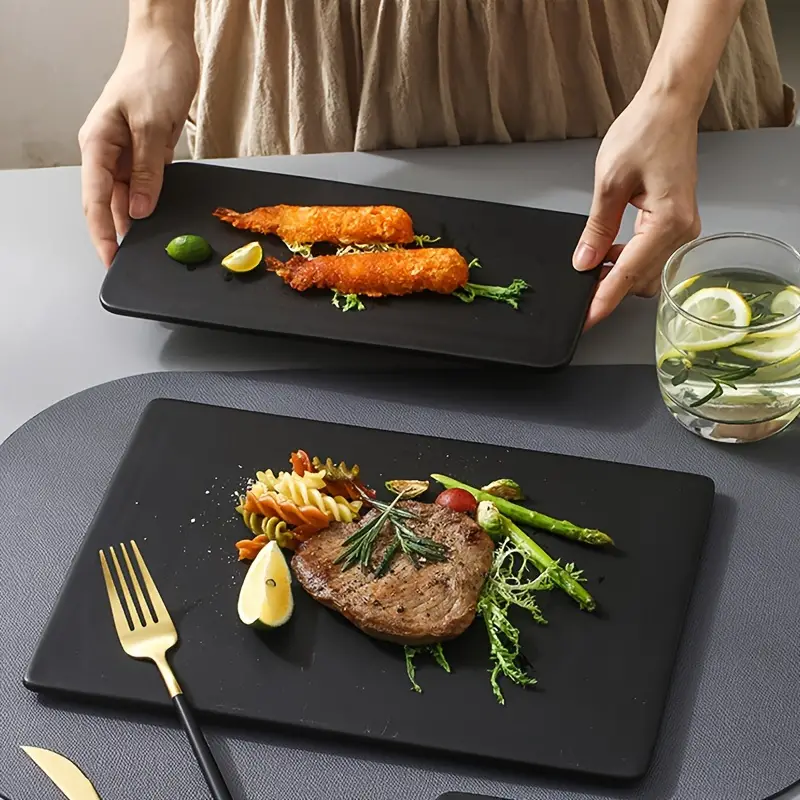Barbecue is more than just a cooking method; it’s an art form. Mastering the science of heat control is what separates a good barbecue chef from a great one. Direct heat is when the food is exposed to the flame directly. This high heat sears the meat, creating a delicious crust and locking in juices. Direct heat is best for smaller cuts of meat that cook quickly, such as steaks and chops. Indirect heat, on the other hand, is when the meat is cooked beside, rather than directly over, the flame. This method creates a more gentle heat that allows the meat to cook slowly, without drying out. It’s ideal for larger cuts of meat, like brisket or pork ribs, that require longer cooking times.
In addition to understanding the differences between direct and indirect heat, it’s important to know how to regulate the heat during the cooking process. Monitoring the temperature of the grill is essential for achieving consistent results. Many barbecue grills have built-in thermometers, but if yours doesn’t, you can use an external thermometer to check the temperature. Adjusting the burners or adding more fuel can help control the heat output. Preheating the grill before adding the meat will help get the heat up to the desired temperature faster.
Temperature management is also essential for ensuring that the meat cooks evenly. Different meats require different cooking temperatures, and it’s important to maintain a consistent temperature throughout the cooking process. Monitoring the internal temperature of the meat with a meat thermometer is a reliable way to check doneness and prevent overcooking. Timing is also essential for proper heat management. Knowing how long to cook the meat at different temperatures will help you achieve the desired doneness and flavor profile.
Smoke Control: Adding Flavor without Overpowering
Understanding smoke control is equally important in barbecue cooking. Smoke is generated when wood chunks, chips, or pellets burn. This smoke imparts flavor and helps protect the meat from harmful oxidation. However, too much smoke can overwhelm the flavor of the meat and create a bitter taste. Controlling the amount of smoke is a matter of managing the heat and fuel. Using smaller amounts of wood or charcoal and raking them away from direct contact with the meat helps to minimize smoke production. Additionally, adding a foil shield between the coals and meat can help reduce smoke exposure while maintaining heat circulation.
The type of wood you choose for smoking can have a significant impact on the flavor of your barbecue dishes. Different woods have different flavor profiles—some are more intense and pungent, while others are more mild and sweet. Hickory, oak, and mesquite are popular choices for their robust flavor, while maple, pecan, and fruitwoods are milder options. Experimenting with different woods can help you find the perfect flavor profile for your barbecue dishes.
The Importance of Wood Chips and Pellets
In addition to understanding smoke control, it’s essential to choose the right type of wood for your barbecue smoking needs. Wood chips and pellets are commonly used in barbecue smoking because they provide a controlled source of smoke flavor and help maintain consistent heat levels. Wood chips are small pieces of wood that are placed directly on the heat source, where they smolder and emit smoke. They are commonly used in grilling applications where smoke flavoring is desired but not a primary focus of the cooking process. Wood pellets are compressed sawdust from various types of wood that are often used in smokers or dedicated smokers/grills where precise temperature control is essential for slow-cooking meats. Pellets provide a more consistent source of smoke flavoring than wood chips because they are formulated to burn evenly at lower temperatures without creating excessive smoke or ash buildup.
When selecting wood for smoking, it’s important to consider its flavor profile and suitability for your specific application. For example, hickory wood has a strong smoke flavor that is well-suited for beef dishes, while fruitwoods like apple or cherry are often used for poultry because they impart a sweeter smoke flavor. Experimentation is key to finding the perfect wood for your barbecue dishes, so try different types to discover which works best for your taste preferences and cooking techniques.
More: The Versatility of Copper Grilling Mats: Beyond Ordinary Outdoor Grilling






